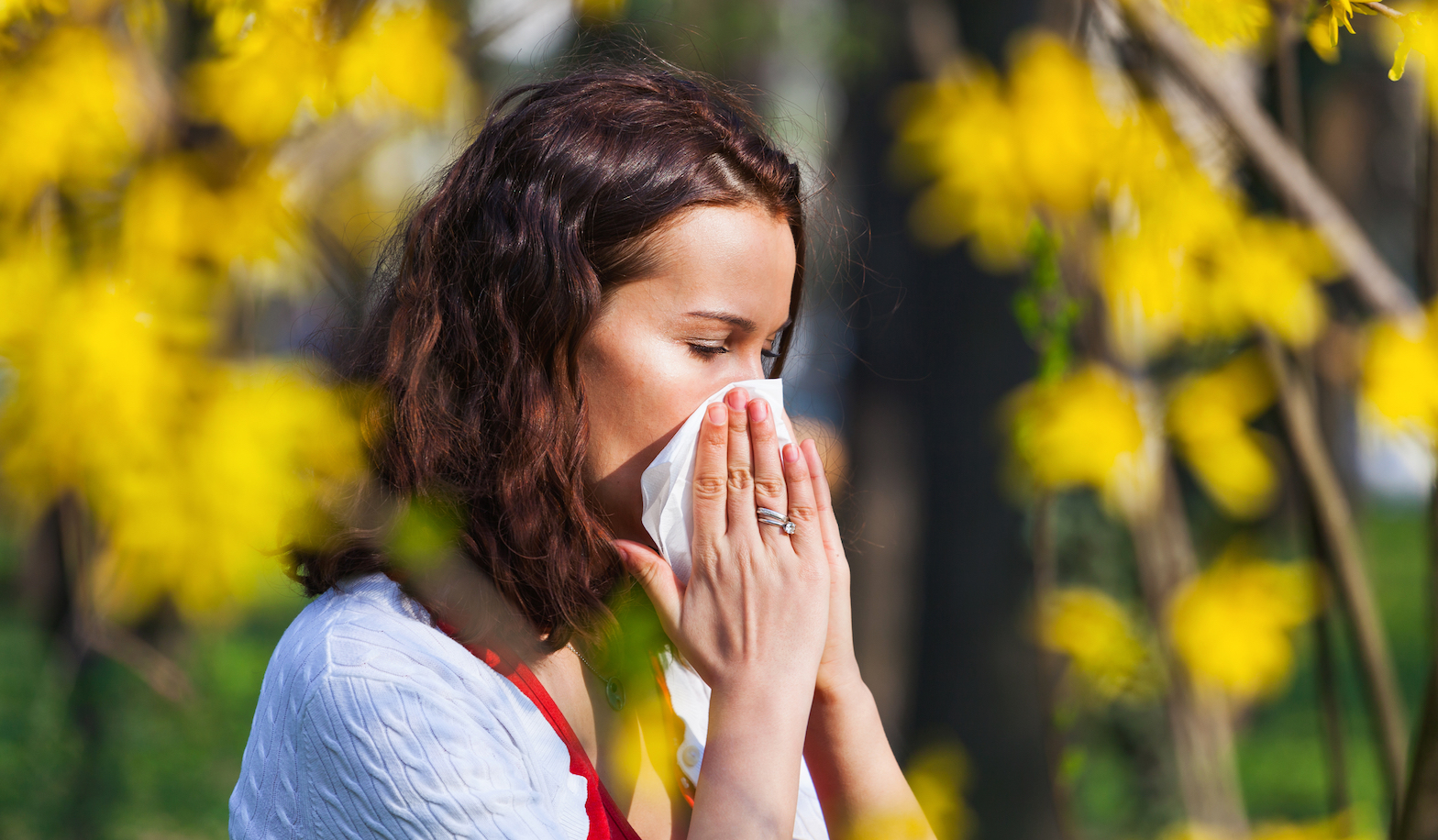Asthma in Autumn

Most people think that Spring, with all its flowering trees and grasses, is the time to prepare for asthma flares, but Autumn can be just as problematic for asthma and allergies.
In Australia, we have grasses, weeds and trees producing pollen all year round and it is these pollens that can trigger symptoms of allergic rhinitis (hay fever) and asthma. These fine pollens are spread by the wind and thunderstorms, so it is best to try to stay inside during these weather conditions. It is believed that large amounts of small allergen particles are released into the air during a thunderstorm, due to rapid changes in wind, temperature and humidity.
During Autumn, the air begins to cool in the southern states and cold air may be an asthma trigger, as can the build-up of mould spores from decaying leaves, particularly after periods of rain.
We also see an increase of cold and flu viruses in Autumn and people with asthma are at a higher risk of complications from these viruses.
Therefore, it is important that people with asthma ensure that they are prepared for Autumn.
- Have an asthma action plan
- Use your preventer medication regularly
- Ensure your reliever medicine is in date
- Have a flu shot
- Wash your hands regularly, especially before eating
- Consult your pharmacist or GP if you are concerned about your asthma.
Author
Robyn Johns, Senior Pharmacist National Pharmacies